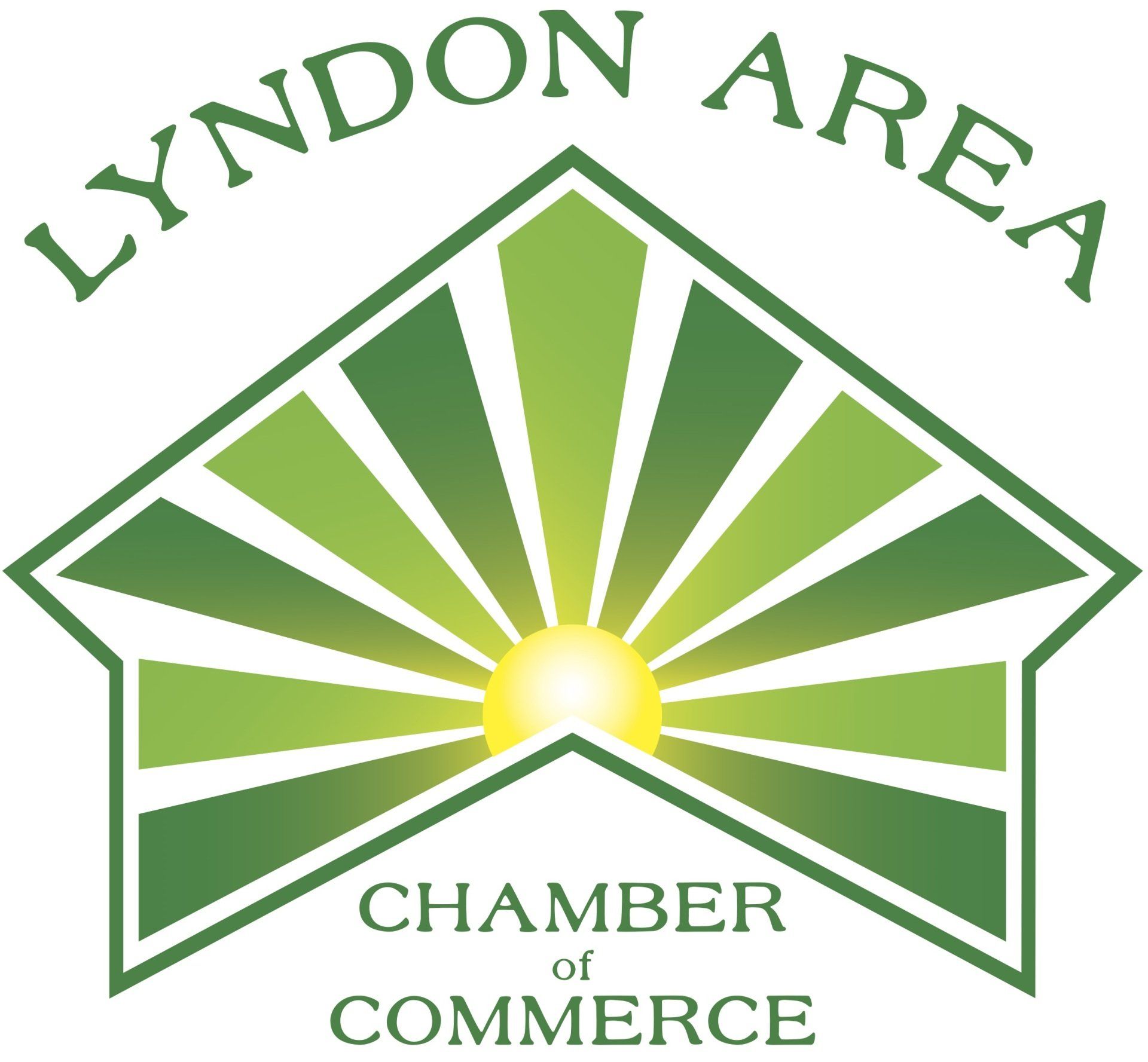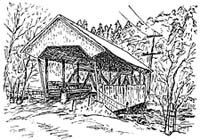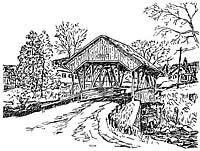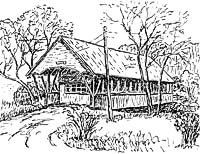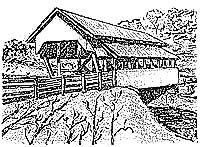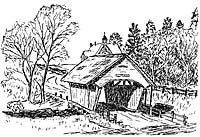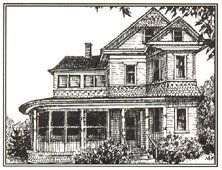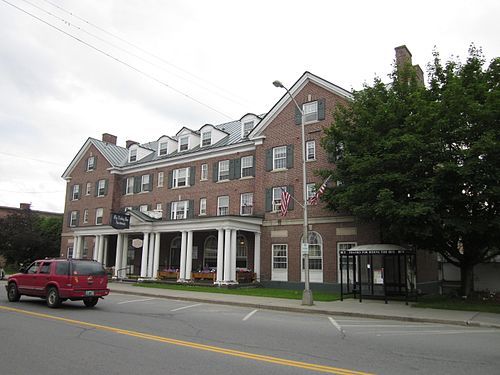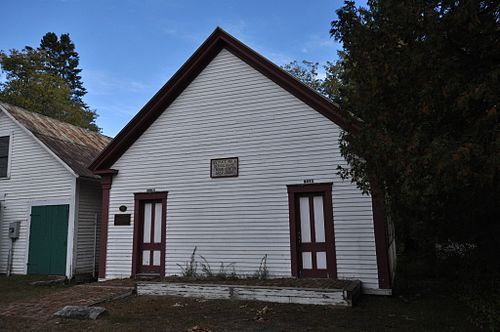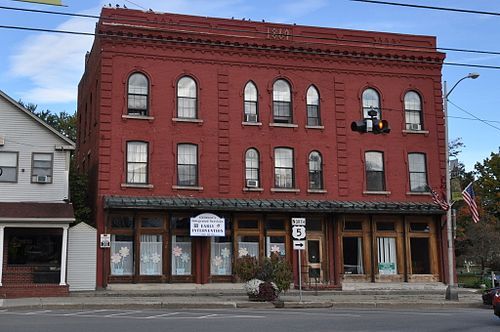Randall Bridge - 1865
North of Lyndonville, just off Route 114.
In 1965 a new cement bridge was built at this point across the East Branch Passumpsic River. However, realizing the great loss in the destruction of the covered bridges, the bridge was left to preserve one more example of the craft and beauty inherited from the covered bridge builders. It now serves as a snowmobile crossing.
